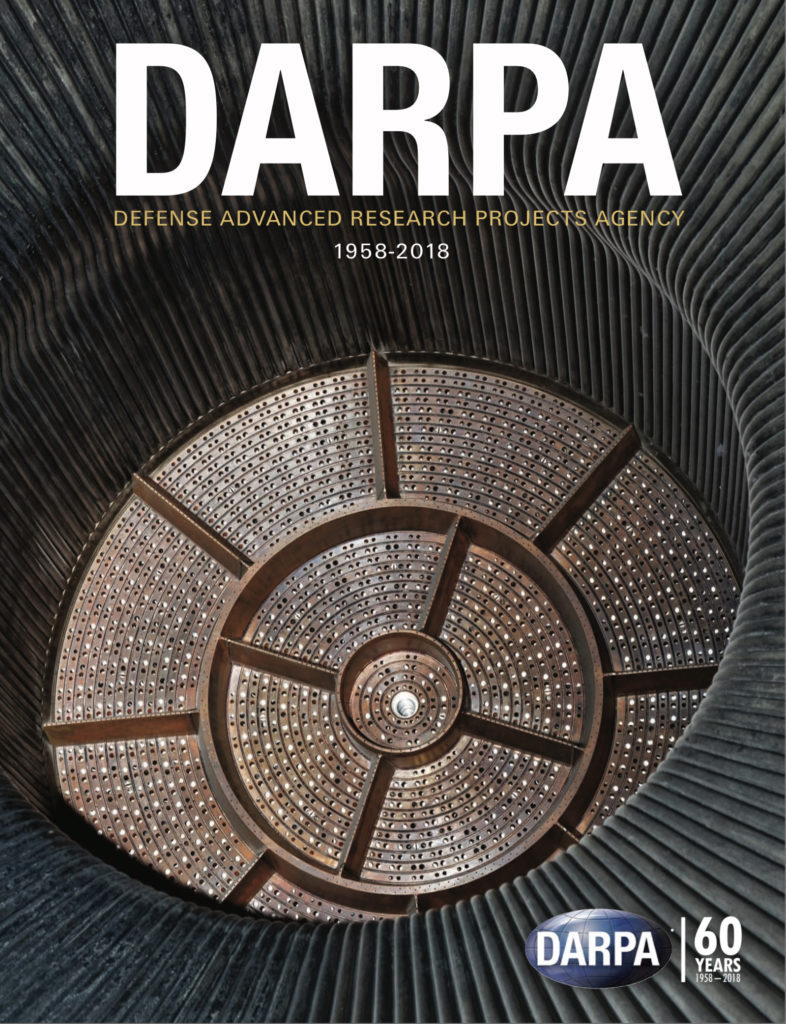Following its “Sputnik” moment, President Eisenhower created the (Defense) Advanced Ressearch Projects Agency (DARPA) in February 1958.
In partnership with academia, industry and government agencies, the guiding principle from the beginning was to work on R&D projects to expand the frontiers of technology and science.
The 140-page summary of DARPA over six decades includes fascinating technologies, research articles and nuggets of wisdom from the DARPA directors.
With an annual budget of close to $3 billion, the agency pushed the boundaries of technology through its Grand Challenges, the invention of the modern internet, and much more, driven by the passion of its scientists and leaders.
Roy Johnson, the first ARPA director, left a $160K GE position for $18K at the agency.
Artificial Intelligence has been a big part of DARPA over the decades, and, after a few ‘AI Winters’, it is again becoming a centerpiece of science and DARPA projects.
The Mansfield Amendment of 1973 limited money to defense projects with direct military applications and basically resulted in a massive brain drain at the agency, with top talent leaving to nearby institutions such as SRI International and Xerox PARC.
2001 saw a turnaround of fortunes when Congress released its 515-page Defense Authorization Bill for Fiscal Year 2001, with a few lines about 40 pages into the document that set DARPA onto what would become one of the agency’s most effective and, with increasing likelihood, world-changing technology quests. “It shall be a goal of the Armed Forces to achieve the fielding of unmanned, remotely controlled technology such that … by 2015, one-third of the operational ground combat vehicles are unmanned,” the tome stated. It was, in effect, an audacious technology challenge – involving advances in robotics, artificial intelligence, sensors, and other components – to get U.S. military personnel out of harm’s way. DARPA leadership took the challenge on and its resolve strengthened in the early years of the millennium as coalition convoys were coming under attack and suffering casualties on roads in Iraq.
DARPA hosted its first Grand Challenge on March 13, 2004. And especially in 2018, there have been numerous program director and deputy director appointments of the highest caliber. It shows how the US Government, from DARPA to the SEC, with a focus on AI and science, has been able to attract the best thinkers worldwide to its cause.
Some of the Grand Challenges are below:
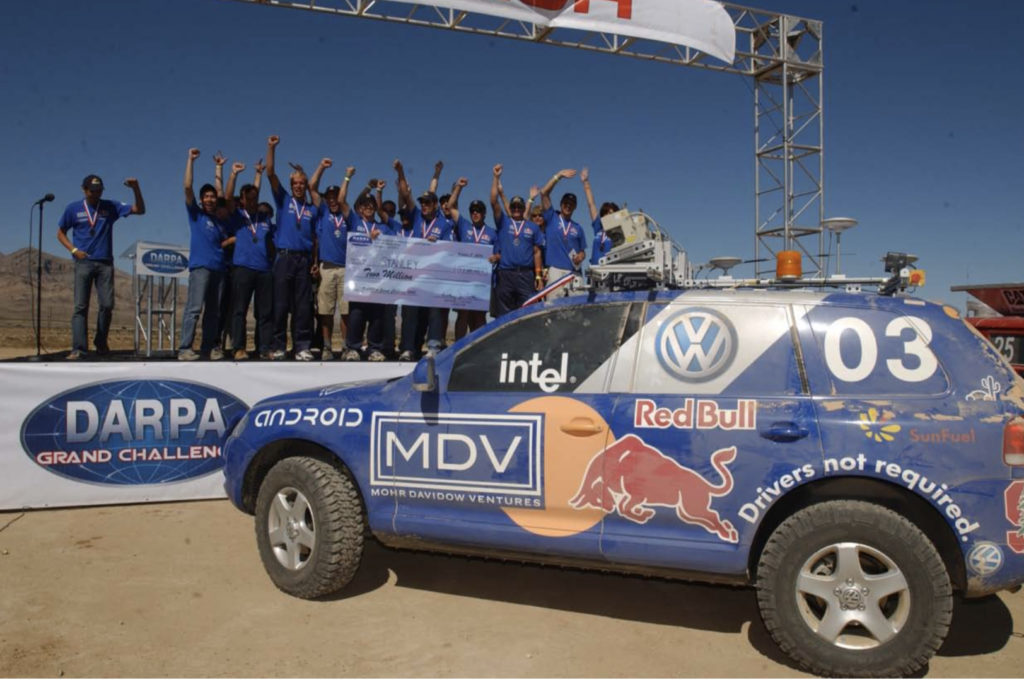
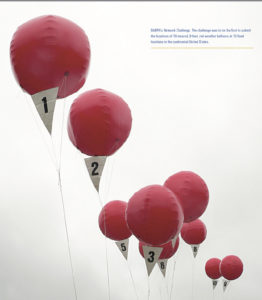
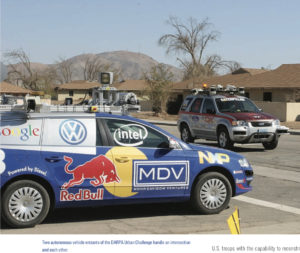
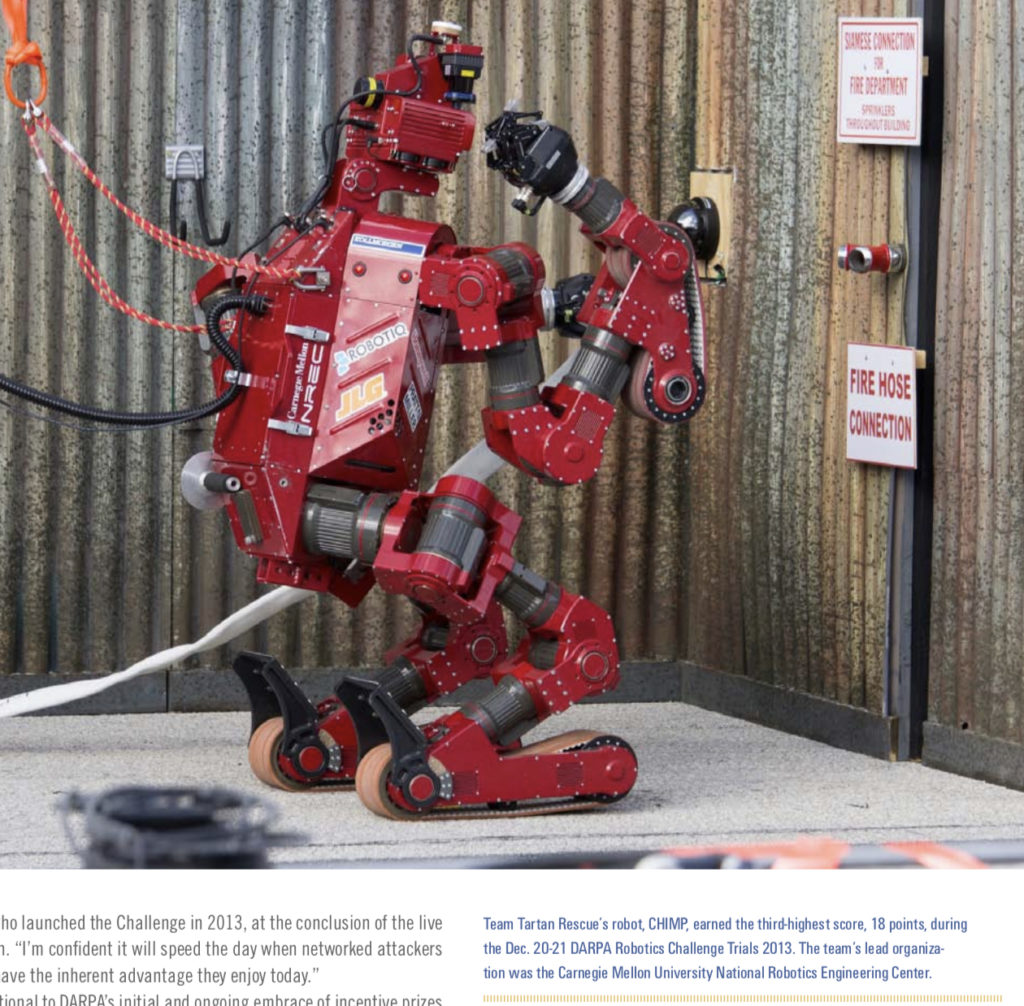
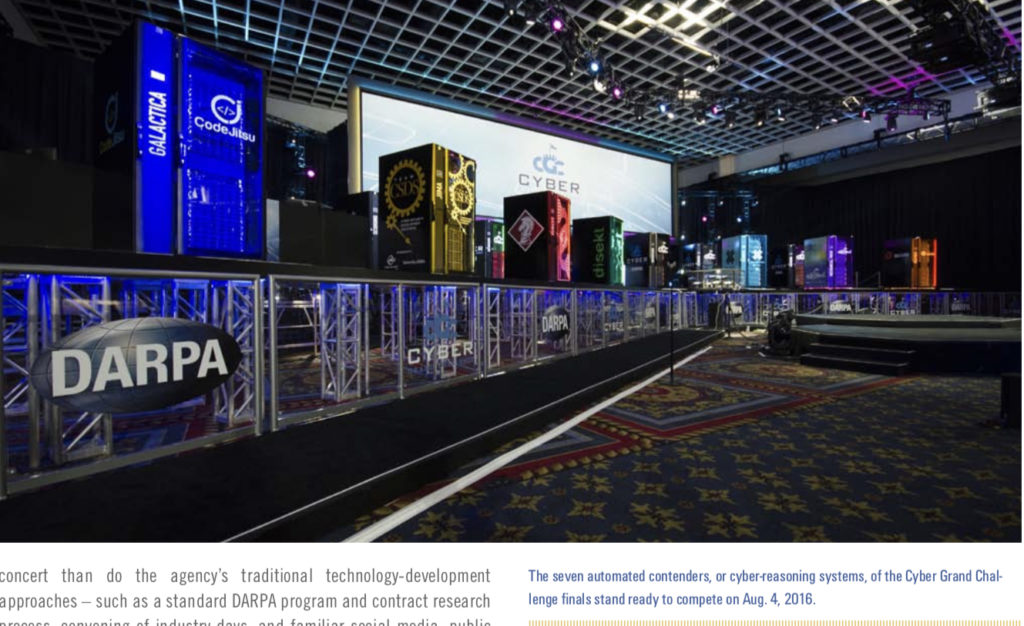
Earlier this week we wrote about the $2 billion Next AI Campaign, and the latest project, KAIROS: a program to develop a schema-based AI capability to enhance reasoning about complex world events and generate actionable insights. KAIROS stands for Knowledge-Directed Artificial Intelligence Reasoning Over Schemas.
